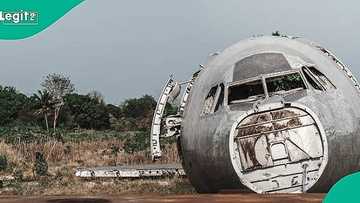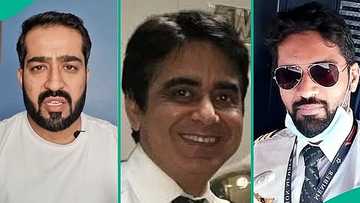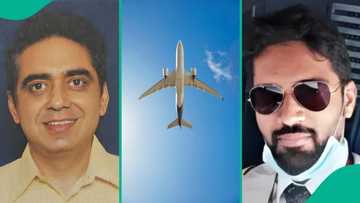Aviation Expert Finally Shares What Likely Caused Air India Crash Weeks after it Happened
- Marco Chan, senior lecturer at Buckinghamshire New University and a former pilot, has reacted to the crash investigation report released by India's Air Accident Investigation Bureau (AAIB)
- The aviation expert believes the pilots who flew the ill-fated Air India plane were not responsible for the crash
- The academic mentioned what possibly led to the crash and posed two thought-provoking questions
A senior lecturer at Buckinghamshire New University, Marco Chan, said he believes the Air India plane crash was caused by a possible chip malfunction.
Marco, an aviation expert and a former pilot, made the statement while reacting to the Air Accident Investigation Bureau (AAIB)'s investigation report on the deadly Air India crash.
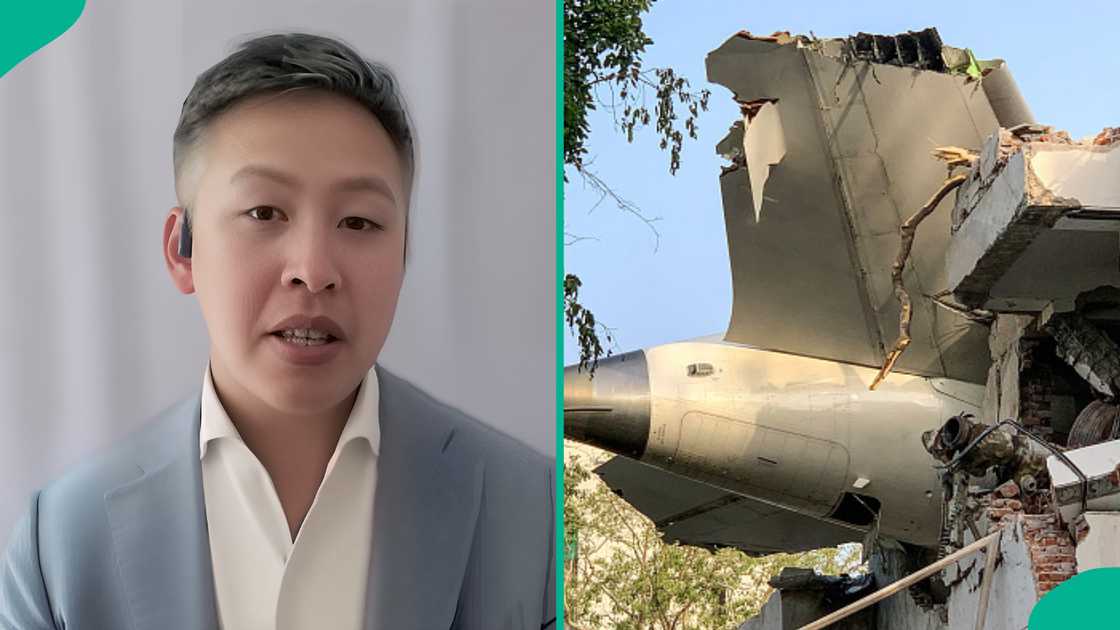
Source: Getty Images
The report had said that the crash happened because the two engines of the aircraft were starved of fuel, but Marco said nothing points to a pilot error.
Possible cause of Air India crash

Read also
Air India: Man who lost 4 family members in plane crash reacts to investigation, seeks more answers
Speaking with Mint, the academic added that the pilots were even trying to recover the flight and prevent it from crashing, judging by the cockpit voice recorder. In his words:
"The headline of the report seems, if you will, to exonerate the pilots from any pilot error. This is what the report suggests. Now, they didn't say that explicitly, but from reading the findings, it tells me that it wasn't pilot error. At least for now, nothing points toward pilot error. From the cockpit voice recorder, it appears they were trying to recover the flight and prevent it from descending to the ground.
"What you do with the switch isn’t as simple as flicking a light switch at home. You have to physically manipulate it—not just pull the pin, but pull the toggle out to move it to a different position. So, it has to be done on purpose, not by accidentally knocking it into the wrong position. It very rarely happens—close to zero."
He added:
"Normally, in flight, we do touch switches for emergency checklists, for example, where you may need to attempt to relight the engine manually or switch it off to secure the engine. What this means is that if the engine is on fire, you don't want it to keep running, so you turn it off by putting it in the cut-off position.

Read also
Air India: Ex-pilot recreates plane crash in simulator, opens people's eyes to what likely happened
"In that scenario, both pilots must confirm the action, and they must confirm whether they're switching off the right engine. If you switch off the wrong engine—the only working engine—then, yes, you're definitely going to crash. This is the safeguard in the cockpit, with verbal confirmation as well."
Lecturer Marco believes the crash was caused by a chip malfunction. According to him, the central technical fault of the crash was a chip that intermittently loses electrical contact due to thermal cycling and wear.
This loss interrupted the fuel command signal for fractions of a second, causing the engine to decelerate unexpectedly.
"What the report seems to be suggesting is an issue with the chip. It could be as simple as one chip not working properly or losing contact.
"Once contact is lost, it’s similar to how electricity works: if the signal isn’t transmitted properly, it doesn’t work. This could be due to thermal cycling.
"The chip is in a warm environment and is working very hard, much like how your laptop can stop working, giving you the blue screen of death on Windows. In this case, the chip didn’t command the fuel to be in the ‘run’ position, even for a split second..."
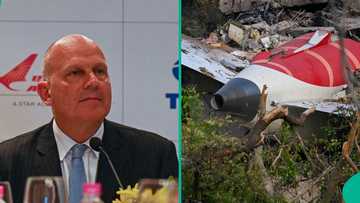
Read also
Air India CEO finally reacts to investigation report on plane crash, says it raises more questions
Expert poses 2 questions to Air India
He posed two questions regarding the crash.
Firstly, he wondered if Air India had carried out the necessary maintenance uh and replacement of those chips according to the service bulletin.
Two, he asked why the then report was issued as a service bulletin rather than an airworthiness kind of mandate, where a directive is made.
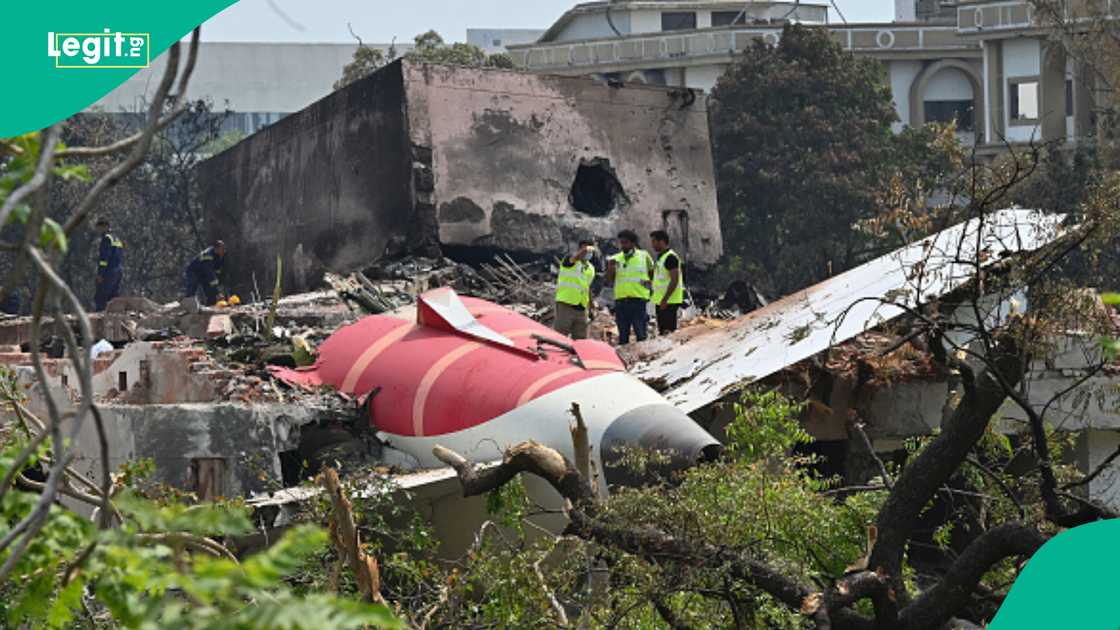
Source: Getty Images
Watch the video below:
Aviation expert's observation gets people talking
Legit.ng has compiled some reactions to the aviation expert's comment below:
@Caesarus2011 said:
"This is the most honest approach. The captain have noticed fuel pressure drop on the board and this is why he asked why the fuel was cut.
"Now, if there electric power failure regardless of AC generators failure or chip DC battery based should take over supplying electric power to fuel pumps … unless, the software interpret as power failure and deploy emergency measures to deliver power for steering and landing gear ONLY. If this happens pilots will have the only option to perform emergency landing immediately and this why thrust lever was in idle position as next logic step."
@johnsonwdavid said:
"Independent FADEC computer assembly control both engines, there is no easy way to test such modules outside of properly equipped facility. I am not aware of recommendation to replace electronic chips after 11,000 hours. I worked in electronic engineering field for over 40 years. Silicone based chips are very.
"Durable and can withstand higher temperatures. FEDEC can't flip mechanical switch to off position,
"Nevermind both of them at the same time."
@guillermoolivera7086 said:
"The problem is, we are not talking about a single chip or microprocessor but, two belonging to two different engines, wich are supposed to fail both at the same time, with a one second time gap. Even those microprocessors having the same service time, wich are the probabilities for this to happen ?"
@steveg2479 said:
"If it was a chip malfunction, why would one pilot have asked the other why he did the cut off? Surely he must have seen the switches in the off position? A chip malfunction would not cause the switches to move."
@RickM03 said:
"One fuel control switch to off, after one second the second one pulled to off (and yes has to be put in cutoff by the pilots) as they don't move themselves, neither accidentally. A typical scenario of a deliberated action. And in the perfect timming. Right after takeoff, when nothing can be done to avoid the crash."
In a related story, Legit.ng reported three major things uncovered by the investigation into the Air India plane crash.
Expert observation about cause of plane crash
Meanwhile, Legit.ng previously reported that an expert had made an observation after a thorough analysis of what caused the Air India plane crash.
According to the report, which was published on Saturday, July 12, it was revealed that the crash happened after the two engines of the Boeing Dreamliner were starved of fuel. Reacting to the report, Captain Steve, an aviation expert, pilot and YouTuber, said it was stunning
"The information we are now gleaning from the preliminary report that has been handed over from the AAIB to the Indian Government is nothing short of stunning."
Source: Legit.ng


